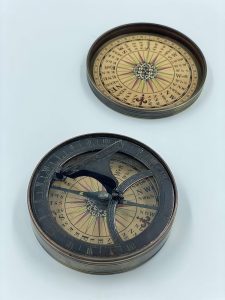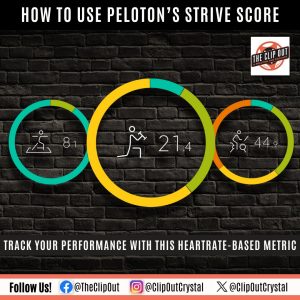Exploring the Rich Heritage and Beauty of Stellenbosch Vineyards in South Africa

The first thing you notice? It isn’t the vines. Not really. It’s the sunlight. How it slices across the hills in streaks. Almost deliberate. Then there’s the air. Sharp, earthy, carrying hints of soil, grapes, rain. Something that feels… old. Ancient, even. That’s Stellenbosch. The Stellenbosch vineyards. Not just fields. Living stories. Centuries in every row. Care taken slowly, carefully, generation after generation. Step inside, and you feel it.
Layers of History You Can Taste
Most visitors see the whitewashed Cape Dutch buildings and move on. They sip wine, take photos. But if you look closer—really look—you notice the layers. Vines that have stood for decades. Planted when tractors were rare, when every row had to be tilled by hand. Those old vines? They carry memory. Taste it, and you’ll notice. Patience. Seasons endured. Winters harsher than any record could show.
Stone walls, hidden irrigation ditches. Built not for beauty, but survival. They’ve lasted anyway. Framing vineyards now producing wines with depth you won’t find in new estates. A Merlot from one of these older plots? Not just fruit on your tongue. Time. Hands that worked the land long ago. Sweat, sun, rain. You taste history in every sip.
Climate Subtleties That Shape Every Sip
Talk about climate here, and most will mention “Mediterranean.” True, but that’s only part of it. Subtleties matter. Slopes catching the sun first thing in the morning, warming gently. Just a few meters away, shade lingers. Grapes ripen slowly. Slowly. And it changes everything. Cabernet from the sunlit slope? Bold, almost commanding. From the cooler side? Subtle, nuanced. Wild berries. Mineral notes. Freshness that surprises.
Soil tells its own story. Granite, clay, sandstone, sometimes all tangled together. Winemakers speak of soil as a collaborator. Coaxing flavors. Listening. Each plot has a voice. A microclimate. A story. That’s why one bottle tastes different from the next. Micro nuances matter. And if you pay attention, you’ll notice them.
The Vineyard Experience Beyond Tasting
Wine here isn’t a beverage. Not really. It’s spatial. Imagine: standing on a terrace, rows of vines ripple into valleys. Birds flit through leaves. Wind bends them lightly. Sunlight catches grape clusters at odd angles. You sip. Suddenly, the wine isn’t just flavor. It’s place. Light. Air. Time.
Boutique vineyards experiment. Forgotten grape varieties. Wines aged in clay amphorae. Techniques borrowed from centuries past. Sometimes it surprises. Sometimes it whispers. Each choice, small. Deliberate. The vineyard itself becomes a conversation. You taste it. You listen.
Culture, Food, and the Subtle Vibrancy of Life
Stellenbosch isn’t picturesque like a postcard. It’s lived-in, layered. Streets lined with oaks. Quiet hums of cafes, galleries, studios. Vineyards have rhythm. Dogs patrol. Workers prune. Birds move like dancers through the rows. Subtle, unnoticed by many.
Hikes reveal more. A rise in the hill changes microclimate. A narrow valley holds moisture differently. Walk it, and the land speaks. Many estates focus on sustainability. Water conservation. Biodiversity. Not preached. Practiced. Taste it in the wine. See it in the landscape. Feel it in the air.
The Role of Innovation and Experimentation
Tradition is strong here. But it isn’t static. It never is. Some estates blend grapes in ways that surprise even locals. Others experiment with fermentation, borrowing techniques from Italy, Georgia, elsewhere. Natural yeast is a favorite. Letting the vineyard itself guide flavor, almost like it has a voice. Risks? Yes, there are risks. But careful ones. Thoughtful. Walking through these experimental plots, you sense curiosity in the air. You taste it later. In wines that surprise. Challenge. Even redefine what South African vineyards can do.
Conclusion:
A visit to Stellenbosch vineyards isn’t a checklist. Not a list of varietals or labels. It’s immersion. History beneath your feet. Sun on your skin. Labor, intuition, artistry shaping every bottle. Wine here speaks—not slogans, not marketing—but flavor, texture, memory.
The vineyards are museums, laboratories, theaters. At once. They teach patience. Observation. Respect for land. Wine isn’t made here—it’s nurtured. Cultivated. Lived. For those willing to notice, Stellenbosch offers lessons that linger. Not in bottles. Not in labels. In senses. Memory. Long after the glass is empty. Sip slowly. Look closely. Listen. And understand. Why these vineyards endure. Why they’re more than a destination. Why they are, in every sense, a story still unfolding.









